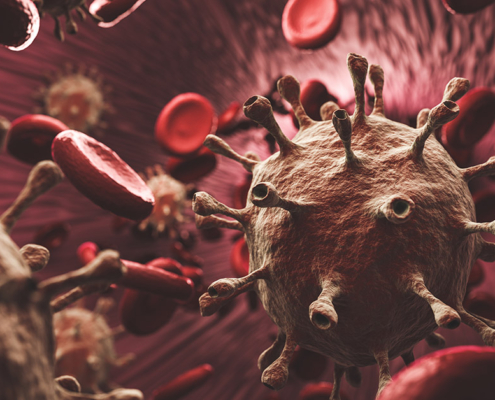Does your construction site have a CPR and First Aid provider on staff?
When a business manages a construction site, they should guarantee that at least one on-site employee has a cardio-pulmonary resuscitation (CPR) and first aid certification. If an individual experiences cardiac arrest, CPR could increase blood flow, sustain the heartbeat, increase the level of oxygen that reaches the organs, and save their life. Additionally, first aid can be used to ensure those who are injured receive proper care. First Response Training International offers numerous educational programs that help students to master CPR and first aid. Our enrollees will also learn to utilize an automated external defibrillator (AED), which can normalize the heartbeat and increase circulation.
CPR at a Construction Site
Generally, severe injuries and high stress environments can cause cardiac arrest or increase the risk of arrhythmias, which affect blood flow and oxygenation of the blood. Upon taking a course, you will be able to swiftly examine symptoms that are related to cardiac arrest. So, if an individual becomes injured, they can immediately receive life-saving treatments. These techniques can increase the survival rate, minimize long-term complications, and help first responders. Additionally, you can swiftly give instructions to other bystanders who may contact emergency responders and describe the injuries.
Utilizing an Automated External Defibrillator (AED)
If an individual experiences cardiac arrest, an automated external defibrillator (AED) can effectively stimulate their heart and increase blood flow. By using an AED, you could help individuals who are experiencing serious arrhythmias, ventricular fibrillation, and tachycardia. The device can generate significant levels of electricity, which may reduce the arrhythmia and stimulate the heart.
When one suffers from cardiac arrest, the heart may not deliver oxygen to their various organs, and if the they survive, the situation could increase the risk of other medical conditions in the future. It is commonly held that that an automated external defibrillator can significantly reduce the risk of these complications. Generally, these health complications can occur within two minutes, so a certified employee should immediately utilize CPR and devices that can effectively restore normal functioning heart.
Helping an Individual Who Has Become Injured
Once a student is proficient in administering CPR, they will be able to provide consistent compressions, delivering oxygen to the blood vessels and offering the victim a better chance of survival. In some cases, the compressions may manually cause the heart to beat.
These techniques help to ensure that sufficient oxygen will reach the brain after a cardiac event. If the brain does not receive enough oxygen for more than three minutes, the cells could begin to die. Each cardiac event can also influence the neurons, the dendrites, and various endorphins which affect cognition and the frontal lobe. Moreover, a lack of oxygen may damage the myelin, which protects various types of neural connections. By using effective techniques, a certified First-Aid Provider may mitigate long-term symptoms that could affect cognition and improve the condition of these neural connections.
Understanding the Benefits of First Aid
Accidents can happen anywhere, but they are particularly common at construction sites. If a worker falls, receives an injury from tools or other equipment, or is injured in some other way, a first aid provider can evaluate the injury and select the correct course of action to prevent further complications. They will be able to treat most common injuries and know whether or not it is necessary to call 911.
Choosing the Ideal Course
If you want to receive a CPR certification, you may select from the following First Response Training courses:
- Workplace CPR/AED – Includes CPR and AED training for adults, children, and infants
- Adult, Child, and Infant Emergency Care – Includes CPR, AED, and first aid training for adults, children, and infants
Once you begin your online course, you will quickly be able to evaluate numerous types of situations. Upon completion of the online portion, you can use our Training Facility Locator to select a nearby classroom and evaluate the credentials of various instructors who will teach you the practical skills portion of your training.












Tinggalkan balasan
Ingin bergabung dalam diskusi?Silahkan berkontribusi!